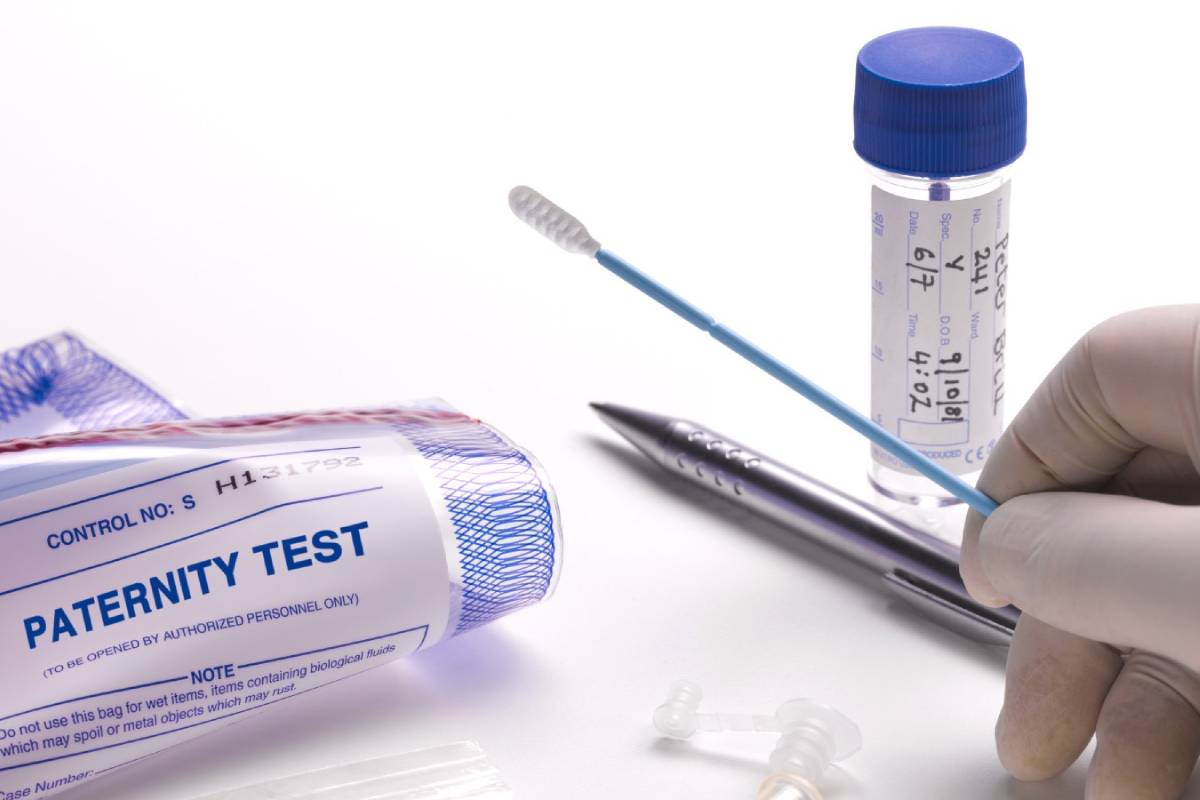At-Home DNA Test: In today’s world, convenience is one of the most important aspects of anything. People are busy, and the world is moving so fast that we tend to look for all the possible ways to make things easier. You can even do a paternity test in the comfort of your home and get accurate results on whether you are the biological father of your kids or not.
The best thing about doing a paternity test at home is that it will cost you much less, and you get to be involved in the process. It is also a straightforward process that does not require a lot of steps to complete.
Table of Contents
How to Use a Home Paternity Test Kit
1. Verify The Paternity Test Kit Contents
The home paternity test kit should contain two envelopes where you put the samples, white name labels to label the samples and a package of the swaps. When you open the kit, the first thing to do is to confirm that everything is inside. The swabs should also be cotton-tipped. You can find out more info about the kit in the manual.
2. Collect The DNA
Collecting the DNA should be done one person at a time. You use the cotton-tipped swabs, which you remove from the sterile package. You need to be very careful not to contaminate the DNA. Ensure that you do not touch the cotton tip or place the swabs on any surface, whether before or after collecting the DNA.
3. How to Collect DNA
You need four swabs for each person. Swallow before putting the swab in your mouth, and then rub the swab against the inside of the cheek. The rubbing should last at least ten seconds and should be with the same force you use to brush your teeth. You should also let the swabs dry by holding them for about a minute.
4. Labeling the Samples
Once the swab sticks are dry, it is time to label them to avoid mixing up the samples. Use the name labels that came with the kit to write the name of the individual whose DNA you collected and fold the four swabs with it.
5. Packaging the Samples
The cotton end goes first into the envelope. Put all the four swabs inside the envelope and seal the envelope. These envelopes usually have adhesive on them that allows you to close them after inserting the samples.
For that reason, you should only seal the envelope once the swabs are inside. After collecting all the DNA samples and putting them in the correct envelopes with the proper labels, you should now package the samples in a shipping envelope.
Conclusion
Getting a paternity test kit and doing the sample collection yourself is easy and saves you time and money. You do not have to drive to a testing center and pay to get the test. The results from home paternity are as accurate as you get in the legal paternity tests. However, you cannot use a home paternity test kit for court purposes.






